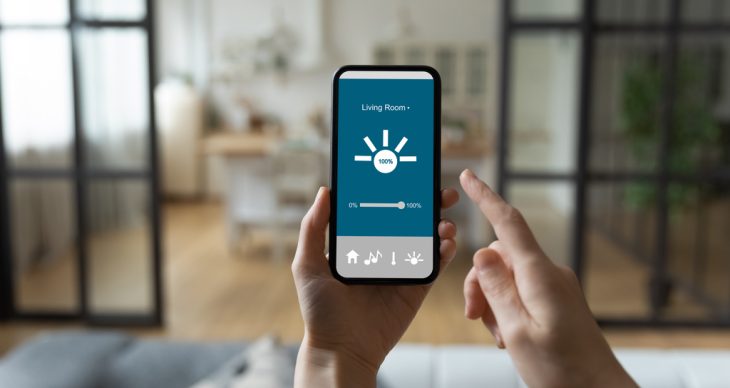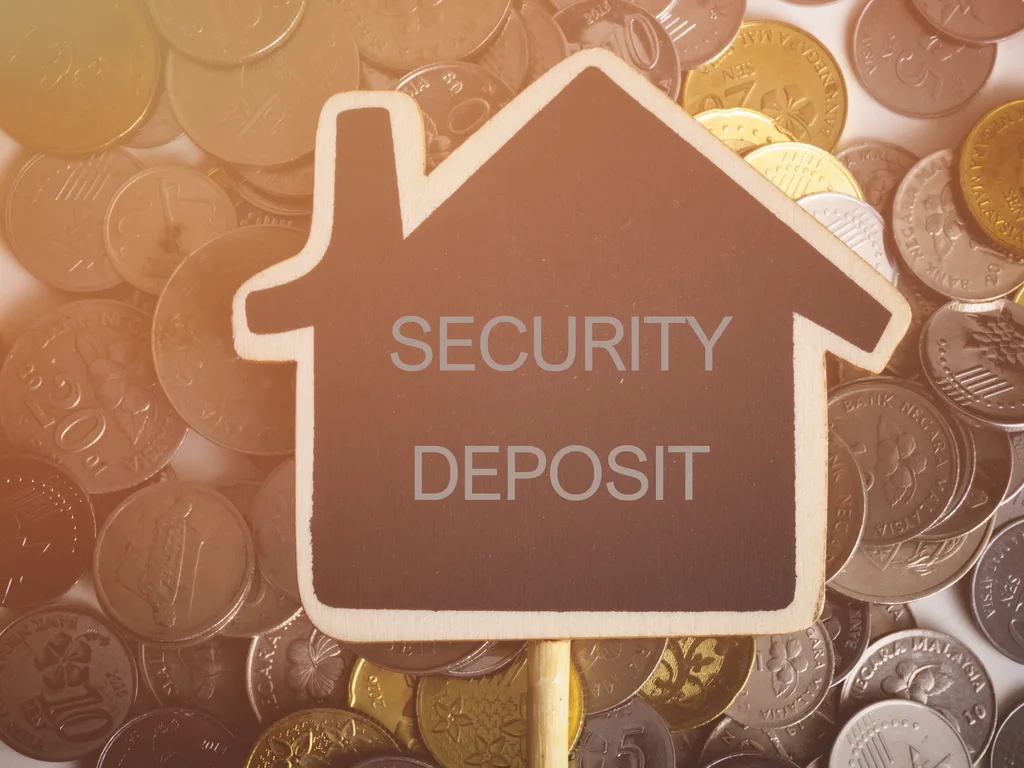Before you can get the best smart home system on the market, you should know what works for your needs and lifestyle. What you need for hundreds of smart devices for home automation is much more complicated than a DIY security system. Likewise, you do not want to get a home automation device that doesn’t take full advantage of your devices.
In addition to overpaying or getting lackluster interactions, you could end up with a smart hub that isn’t compatible with your devices. Check out systems that suit different home automation needs.
Home automation systems control devices – or nodes – through a wireless network. Devices can be battery-powered or connected to the home’s (main) electrical system. Some home automation products include lights, thermostats, security cameras, locks, and appliances.
Many of the best home smart hub systems run on multiple of the same networks. Common protocols include Ethernet, Wi-Fi, Bluetooth, Z-Wave, and Zigbee.
Whereas Ethernet and Wi-Fi-connected devices can only work when online, devices with Z-Wave, Zigbee, and Bluetooth operate without an internet connection. Many of the earliest home automation products used non-internet options since an open connection can drain a lot of battery power.
Z-Wave, Zigbee, and Bluetooth devices have their own network but can still connect to an internet connection with a hub. These products typically have an app, but they differ by manufacturer. So, you will need to switch between apps unless you connect them to a hub system.
A smart home system is usually a combination of software and smart devices or automation. Automation software, like openHAB, has limitations and can be extremely tedious to set up. You will need a hardware Z Wave hub to connect devices with Z-Wave, Zigbee, and Bluetooth protocols.
Features a home automation system can include:
- Compatibility with Alexa, Google Home, or Apple
- Remote control with iOS, Android, and Windows devices
- Security protection
- If This Then That (IFTTT) abilities
Keep in mind, you can add non-connectable products to your automation system with smart hardware. For example, plugging in an old lamp into a smart plug so you can turn it off and on through an app.
You should make sure your home automation hub supports your smart devices. Some hubs, like the Apple Homepod, only work with devices designed for it. If all of your devices belong to the same brand, setup may be easier than with a hub of a different brand.
Want to know how you can find the best automation system for your home? Check out the different types of hubs and what each entails.




